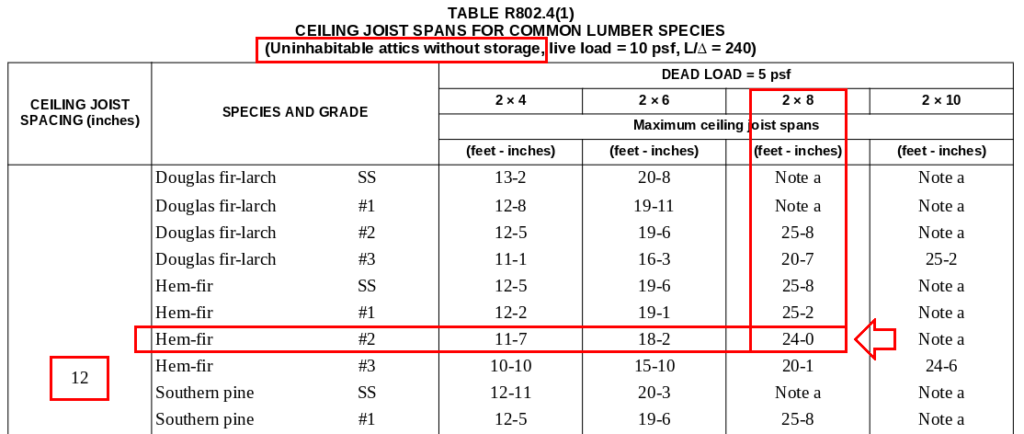


Local building codes require two-or-more jack studs when building an opening larger than five-feet wide. If a header is too small or lightweight, it risks bowing and compromising the window or door opening. The number of jack studs used in framing is always directly related to the width of the opening, which then correlates to the dimensions and weight of the header. A well-supported header transfers the load to the jack stud and guarantees that the framework can properly support the weight of the door or window. Both ends of that header need to rest on a weight-bearing, vertical jack stud. That’s where jack studs come in.Īt the top of the opening, a horizontal board is installed as a header. When a wall needs to accommodate an opening, such as for a window opening or a doorway, the framing members need to be adapted to account for the loss of wall studs. Headers and sill boards are used horizontally above and below a window or door to support its weight, but to the left and right of each opening, a jack stud and king stud are installed to support the top header and the ceiling plate. When you frame a window or door into a wall and create an opening in the studs, a header and a framing stud on each side reinforce the opening. Assembled flat and raised to stand upright, a wall with no windows or door openings would look like a simple rectangle with evenly spaced studs sandwiched between the upper and lower plate. Studs are assembled during construction to be 16-inches or 24-inches apart, depending on local building code, and they’re assembled with a top plate along the ceiling, and a bottom plate that sits atop the floor joists and subfloor. Each vertical member running from floor-to-ceiling is called a wall stud. What you’re seeing is your house’s frame. $75.00 USD | 1H 12M Preview Course What are studs?Ĭlose your eyes and envision a wall of your home without drywall.


 0 kommentar(er)
0 kommentar(er)
